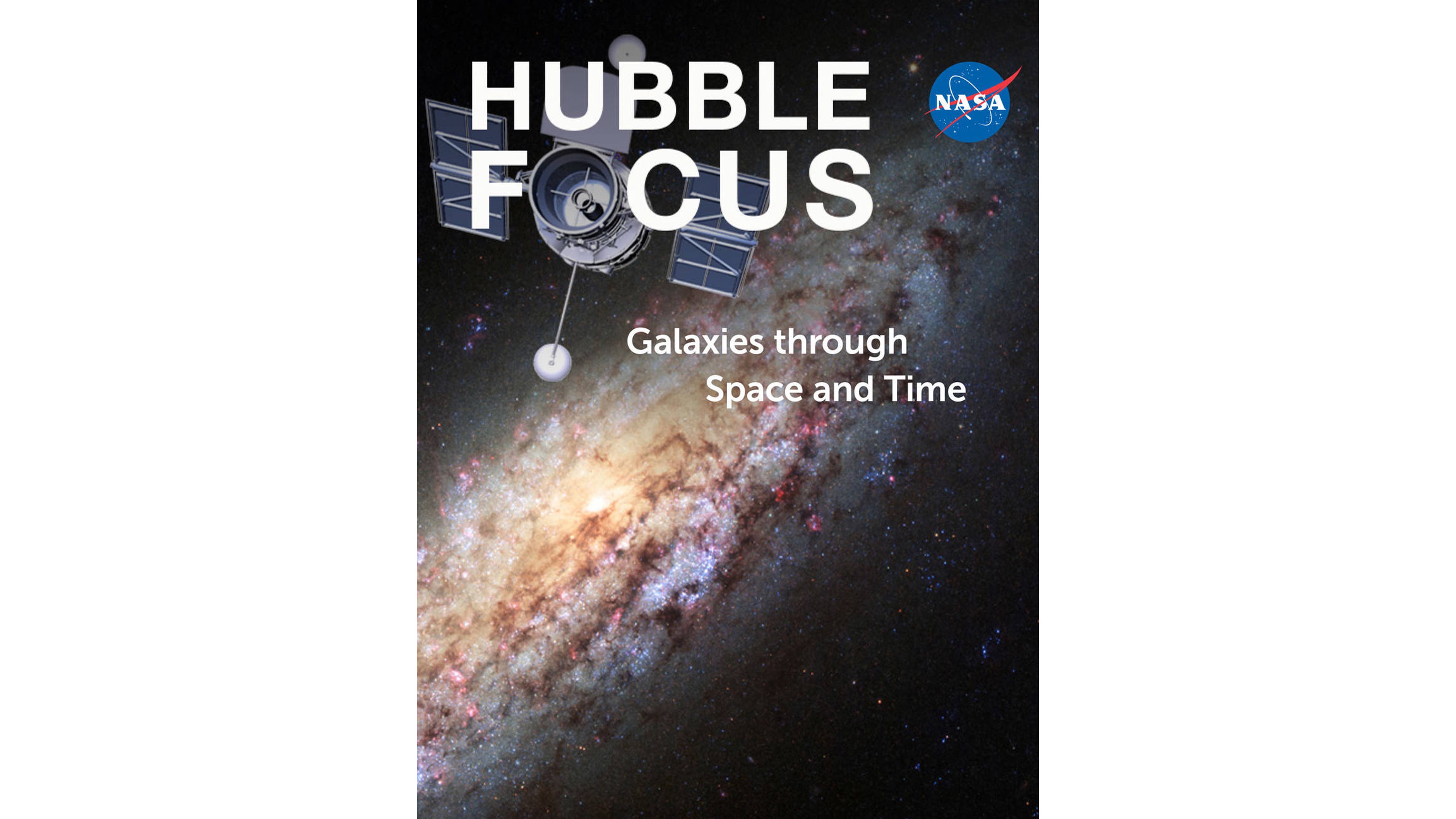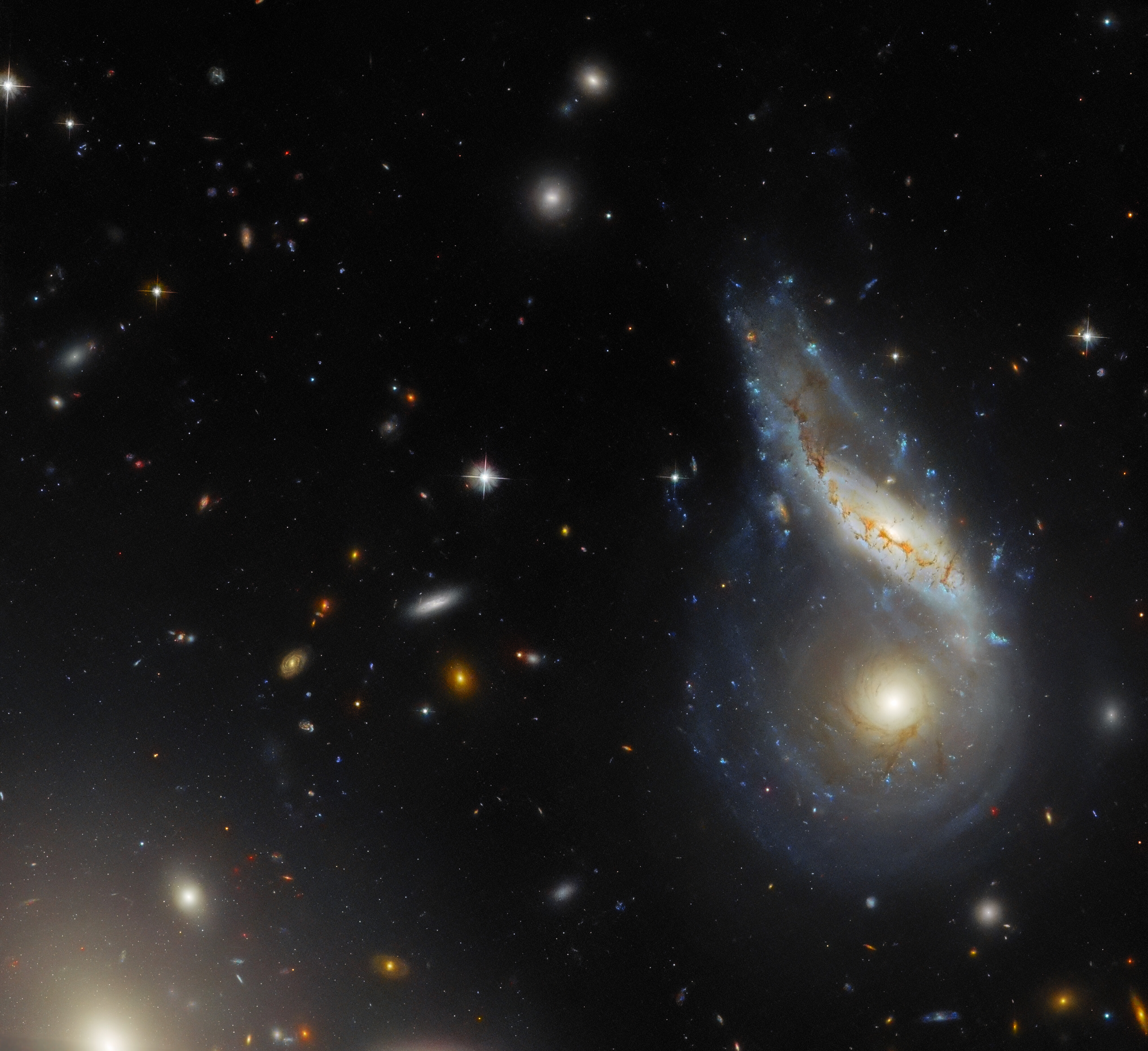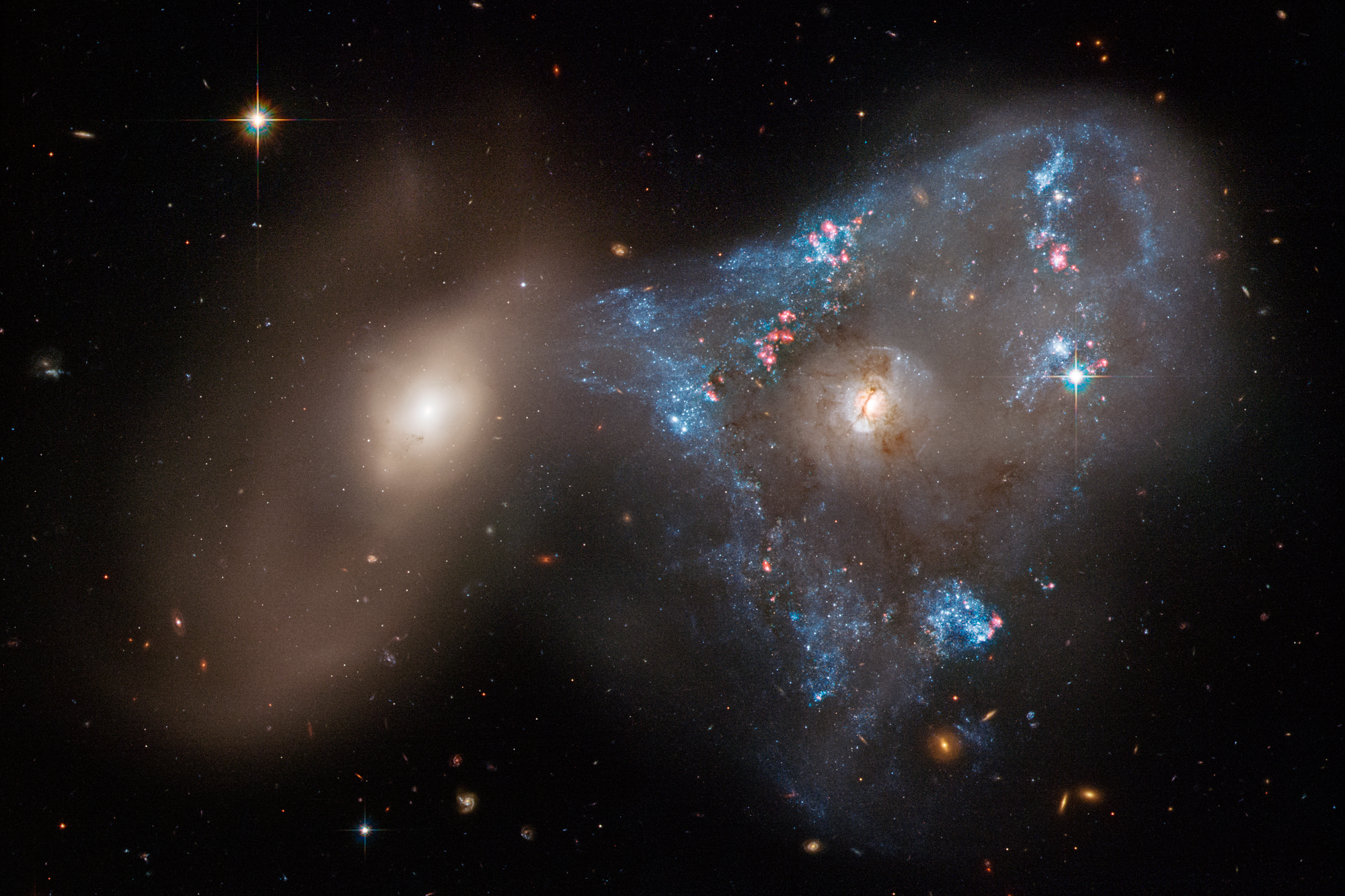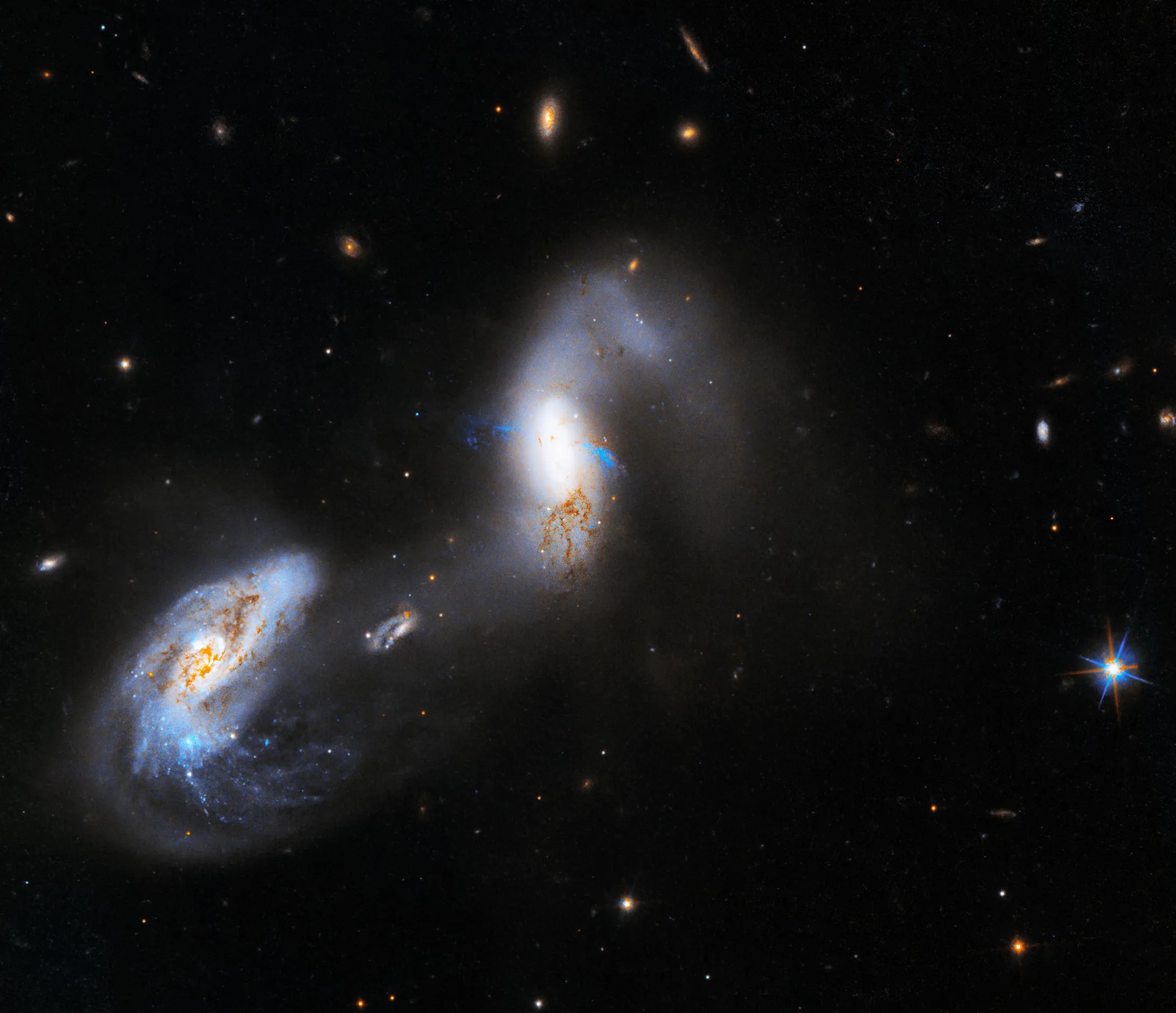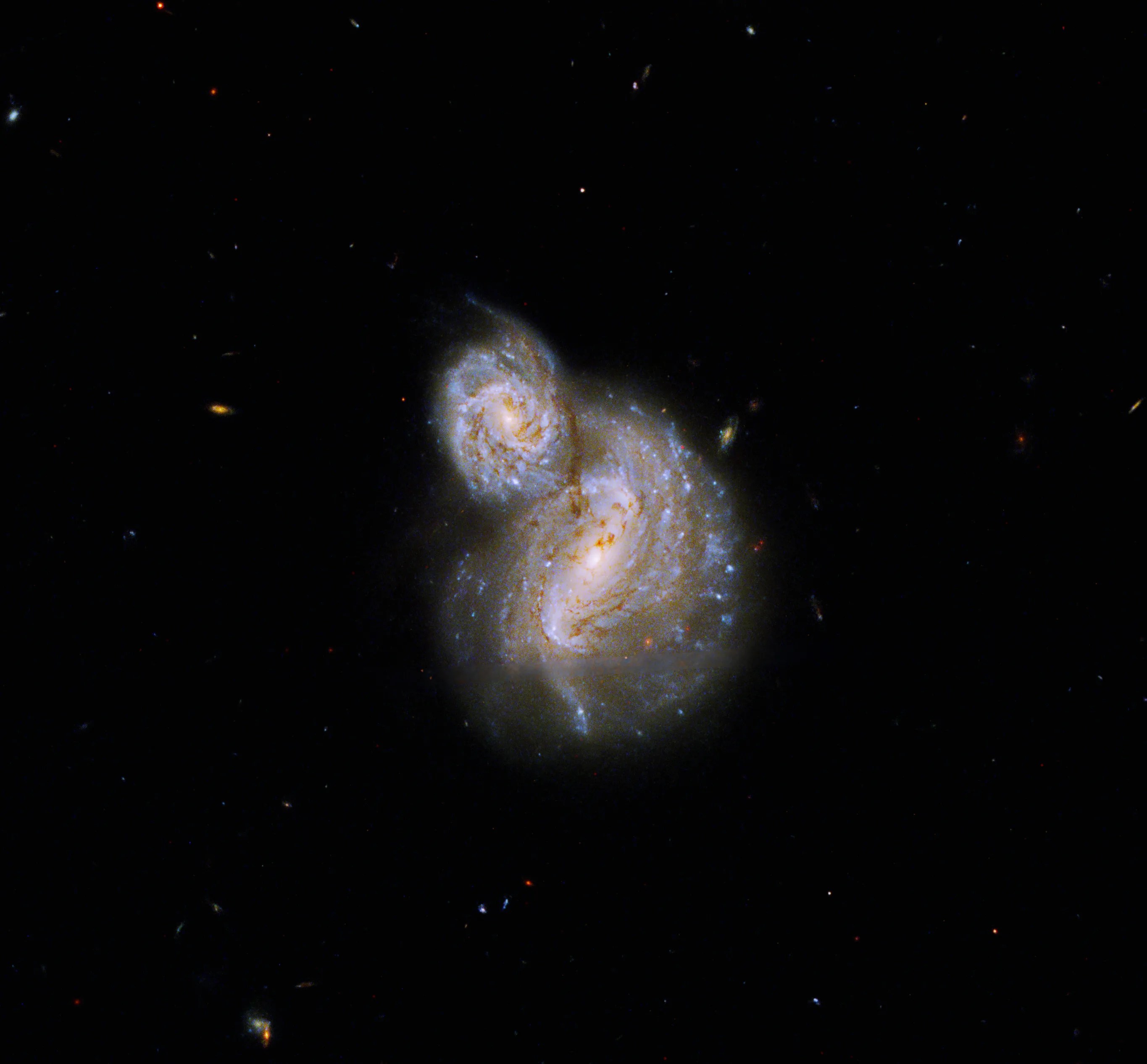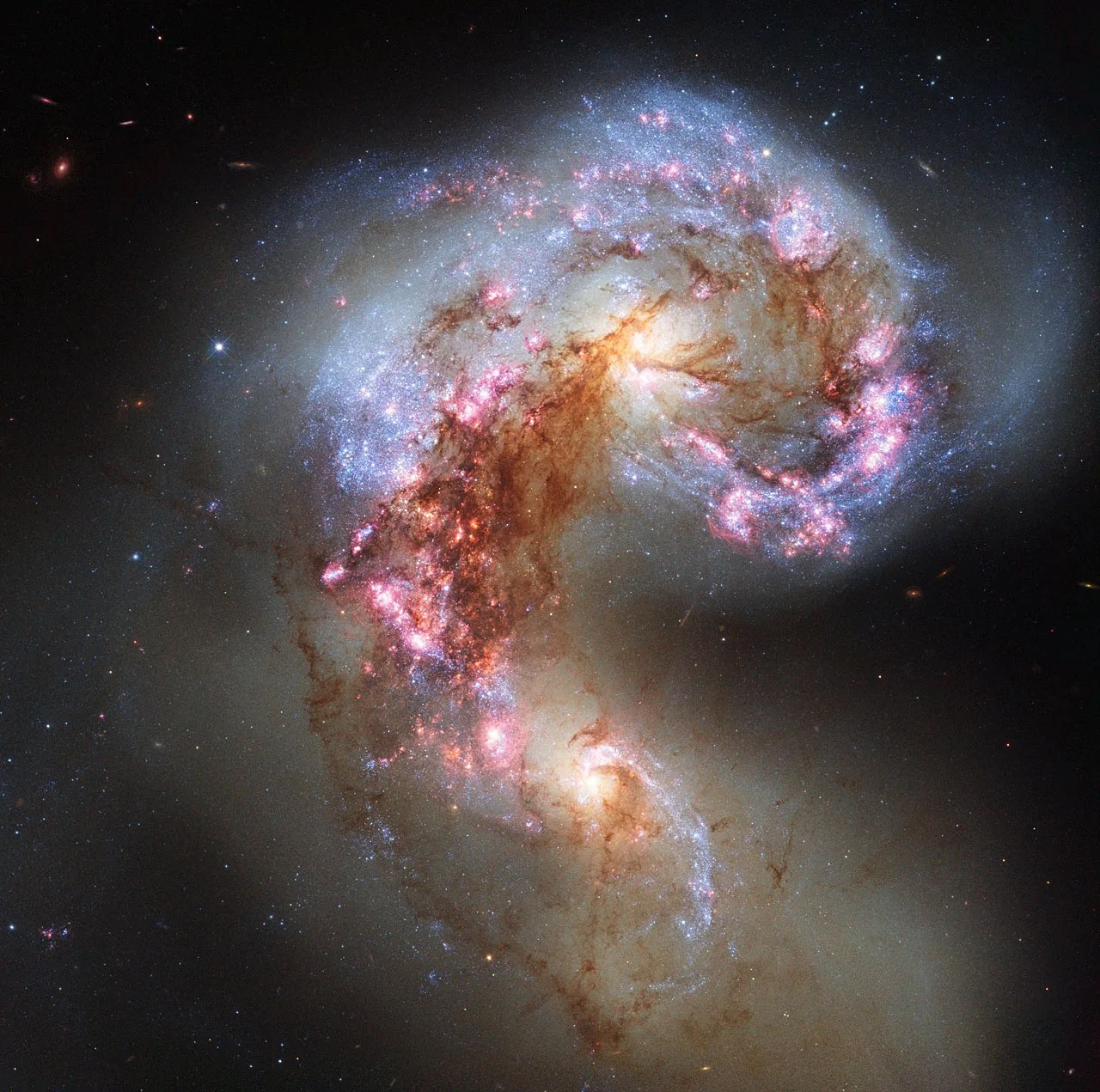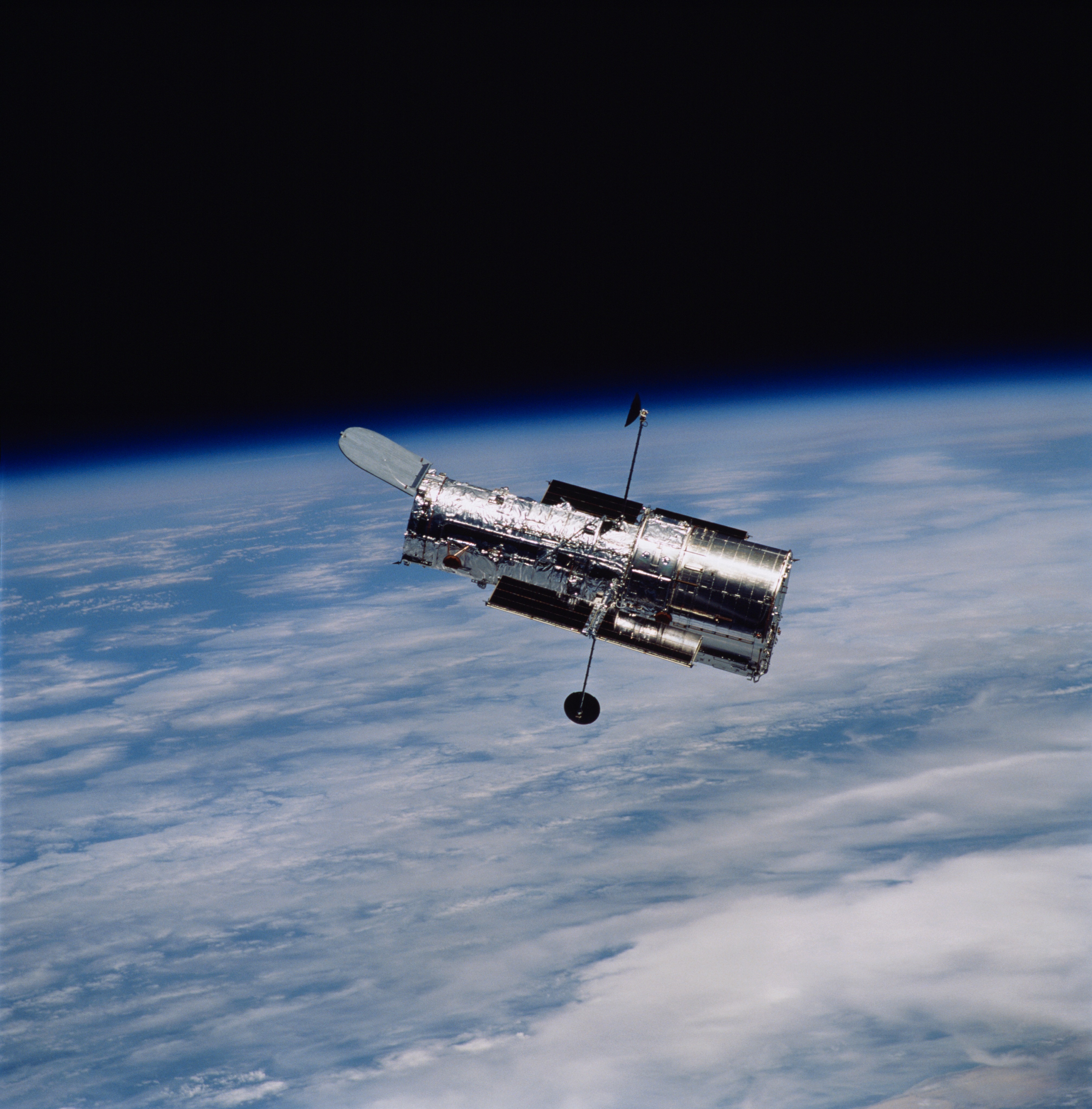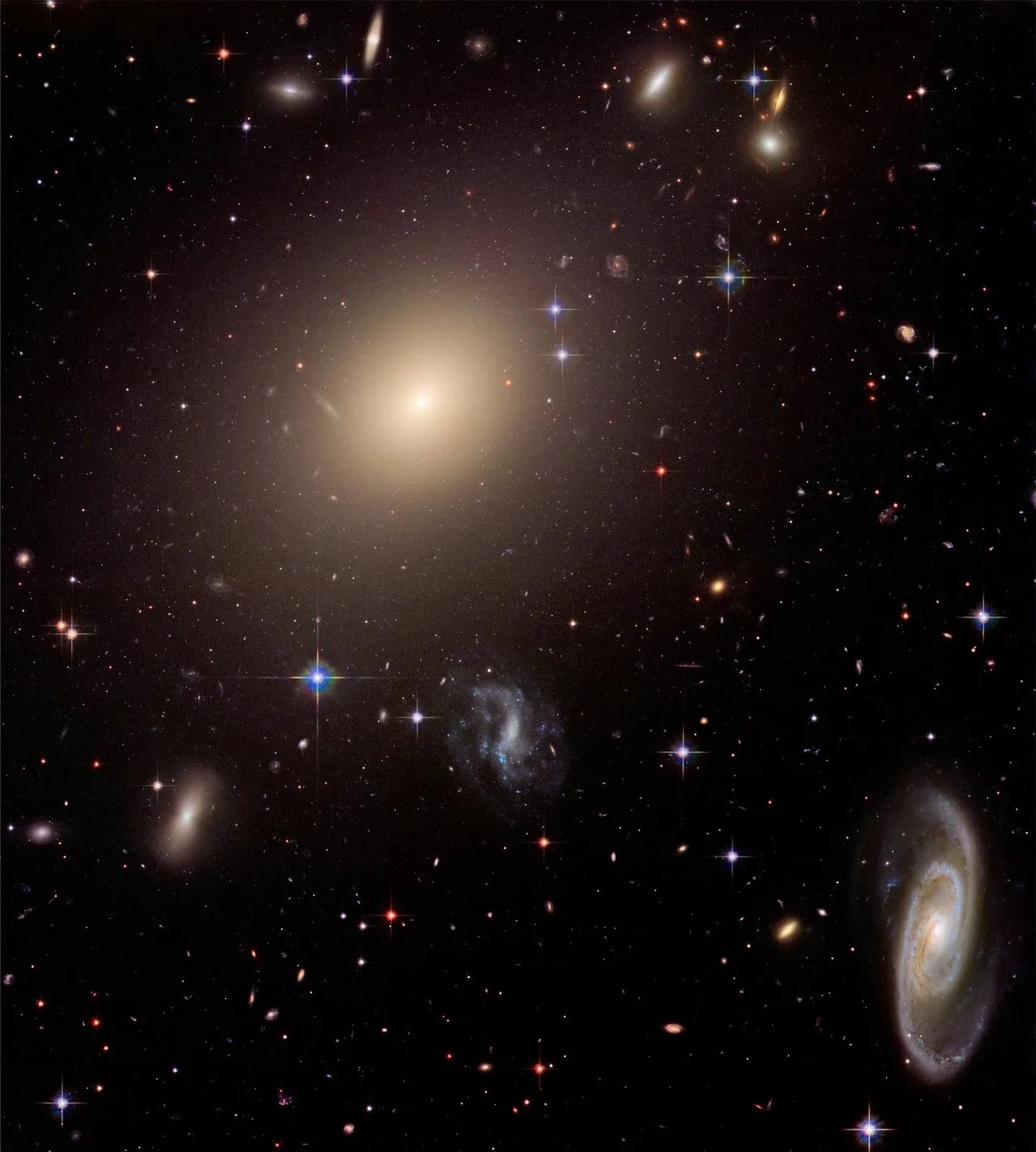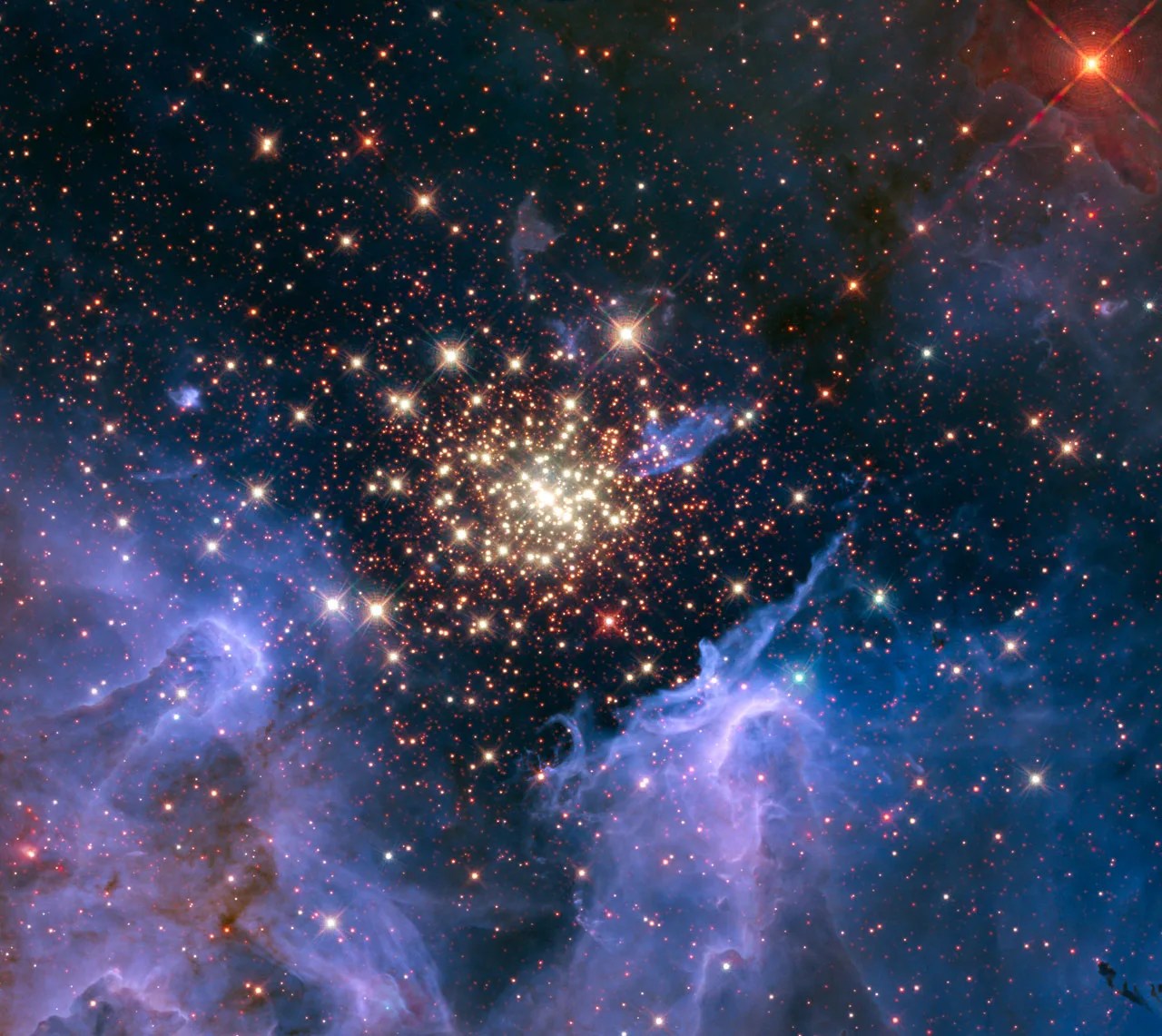With more than 33 years in orbit and 1.5 million observations, Hubble's data offers a wealth of information about the objects in our universe. We've combed through Hubble's extensive archive looking for data that would give us interesting images of interacting galaxies to share. These are a few of our most recent images.
Hubble's New Cosmic Collision Images
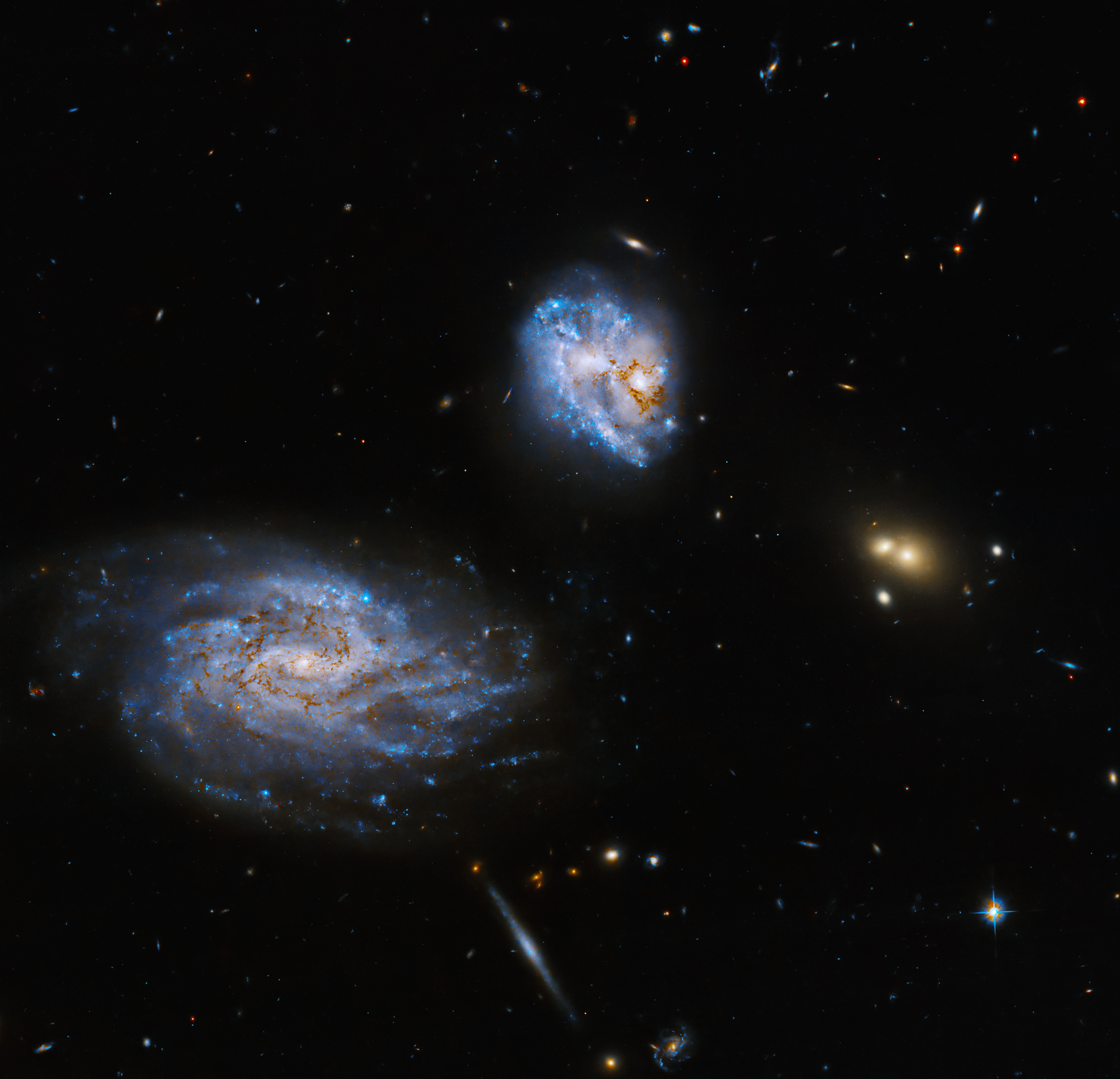
Hubble Observes an Askew Galaxy Coaxing Star Formation from its Partner
Arp 300 consists of two galaxies in a gravitational dance.
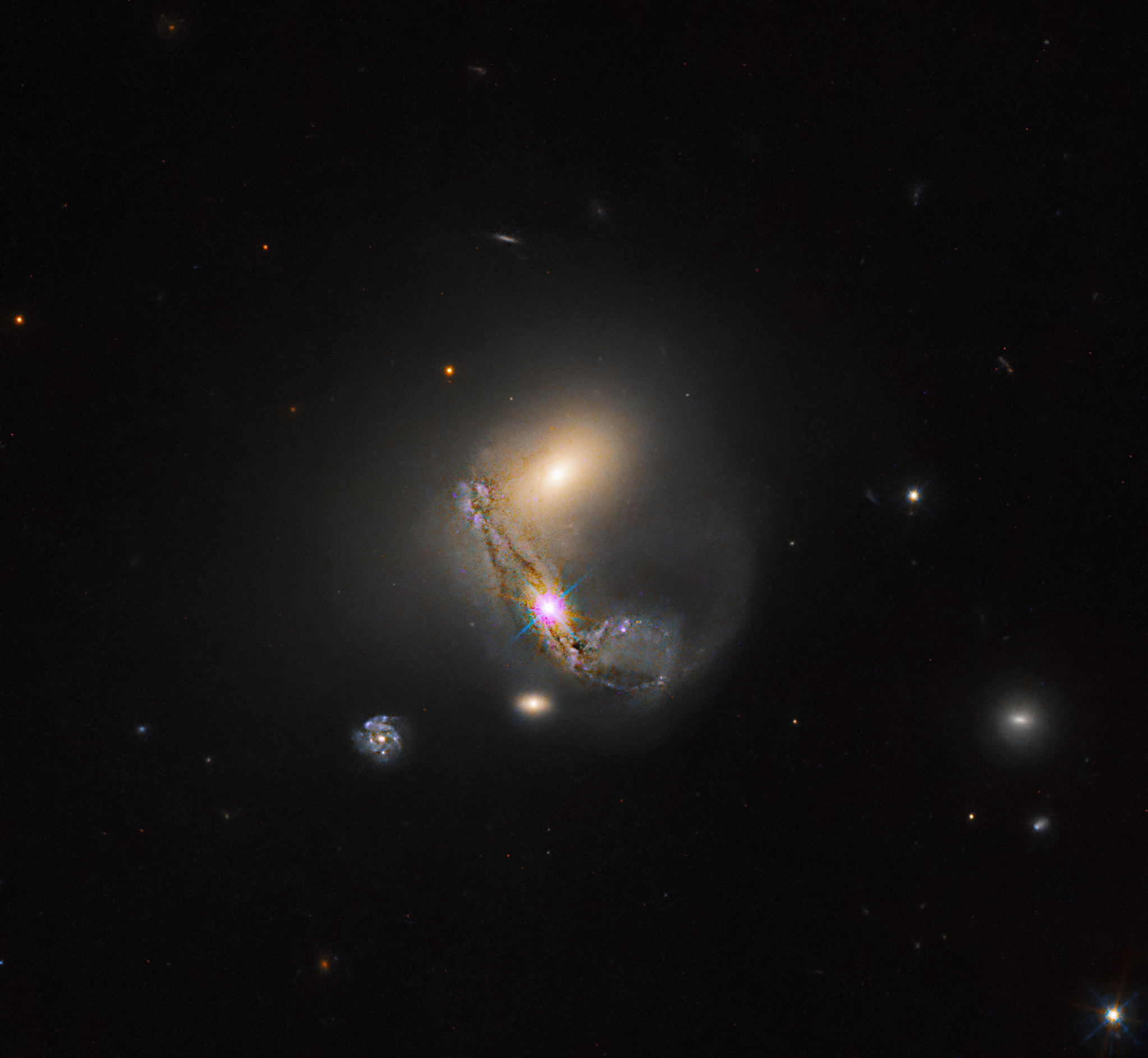
Hubble Glimpses a Bright Galaxy Group
This image of LEDA 60847 combines ultraviolet, visible, and near-infrared data from Hubble.
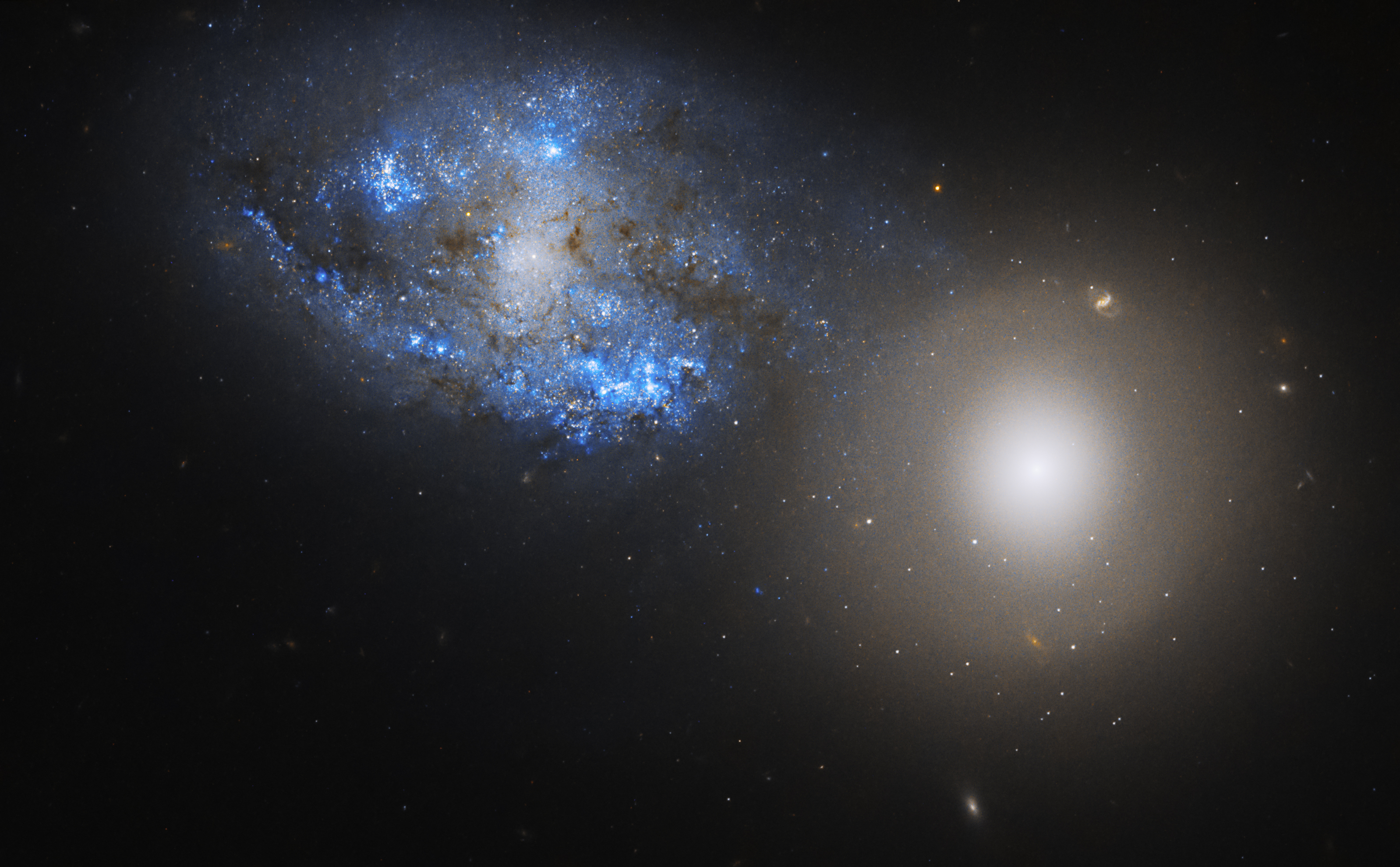
Hubble Spies Side-by-Side Galaxies
A barred spiral galaxy and a lenticular galaxy come together to create this interacting pair known as Arp 140.
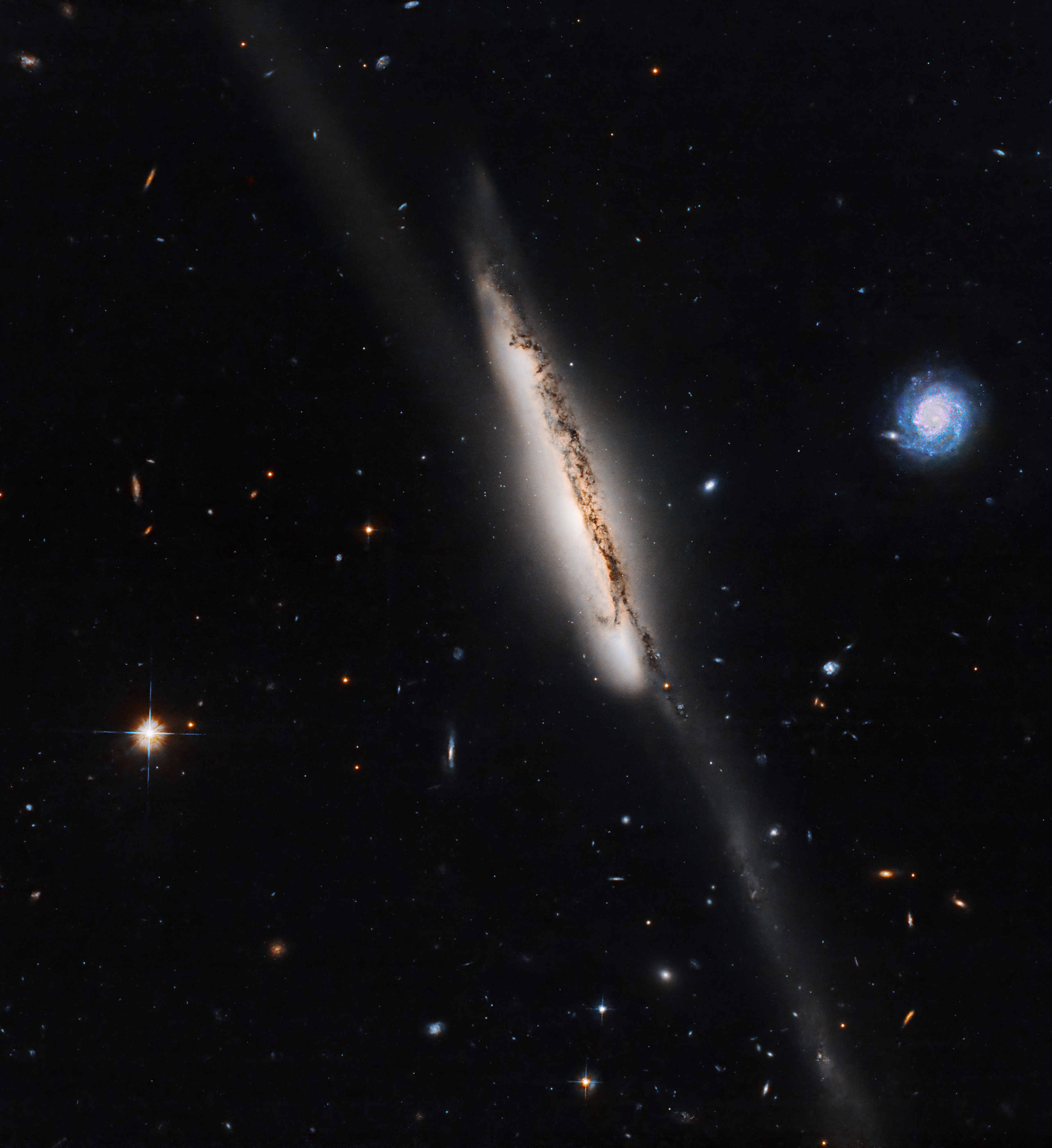
Hubble Captures a Faint Bridge of Stars
A faint 250,000-light-year-long bridge of stars and gas stretches between two galaxies in Arp 295.
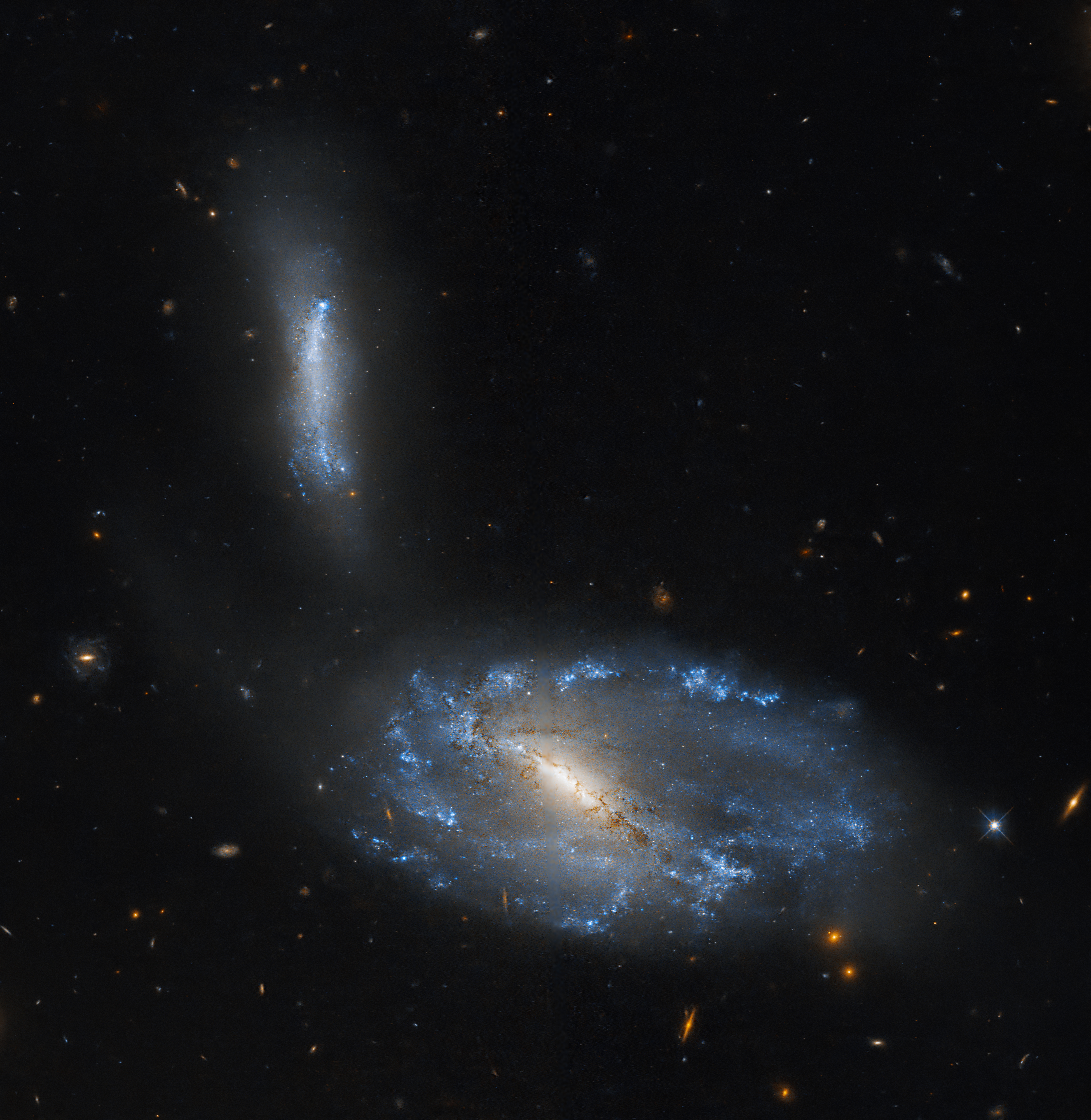
Hubble Studies a Sparkling Galaxy Pair
The pair lies some 180 million light-years away in the constellation Canes Venatici.
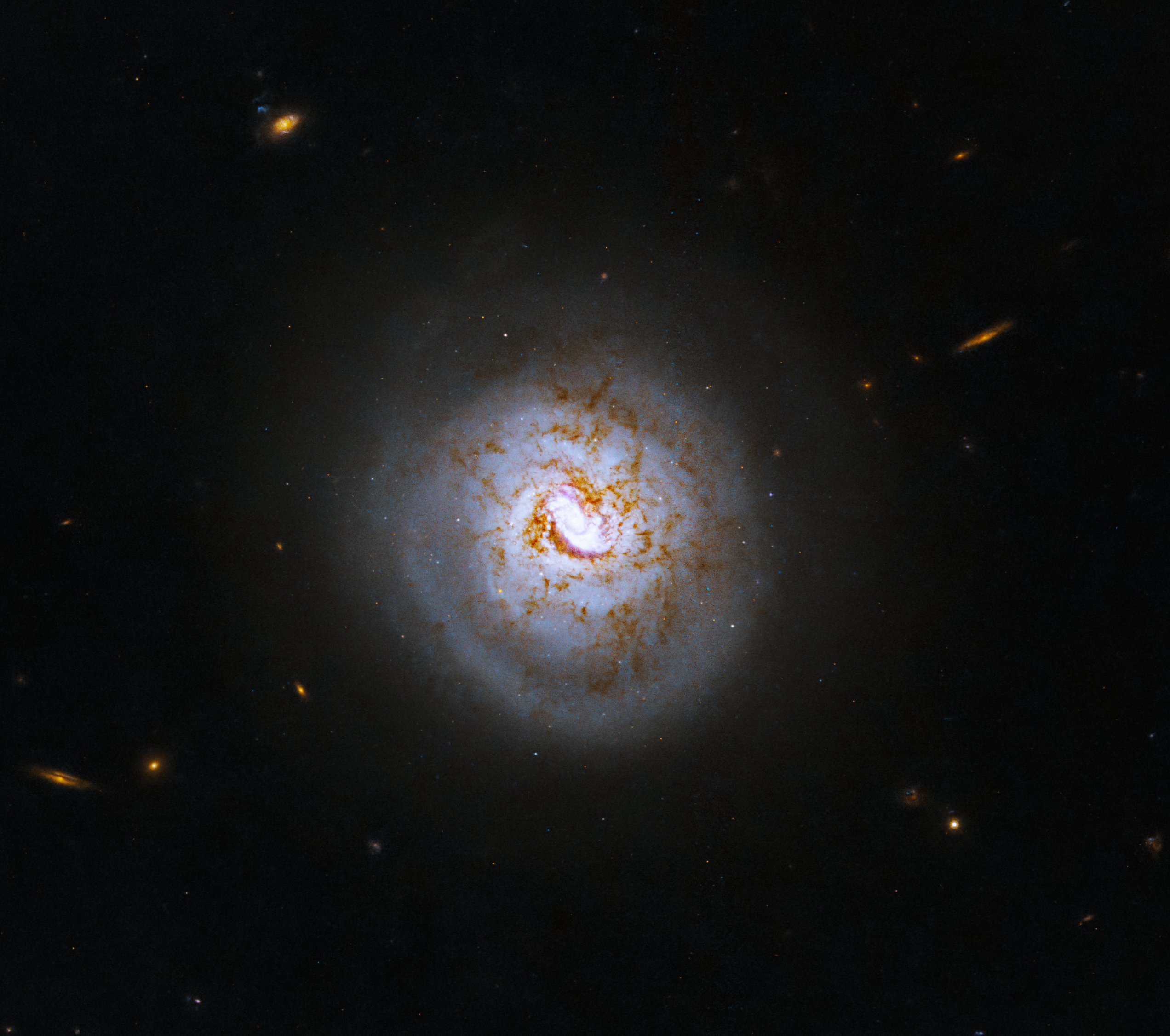
Hubble Spies a Spinning Spiral
ESO 420-G013 is a face-on spiral galaxy and a Seyfert galaxy.
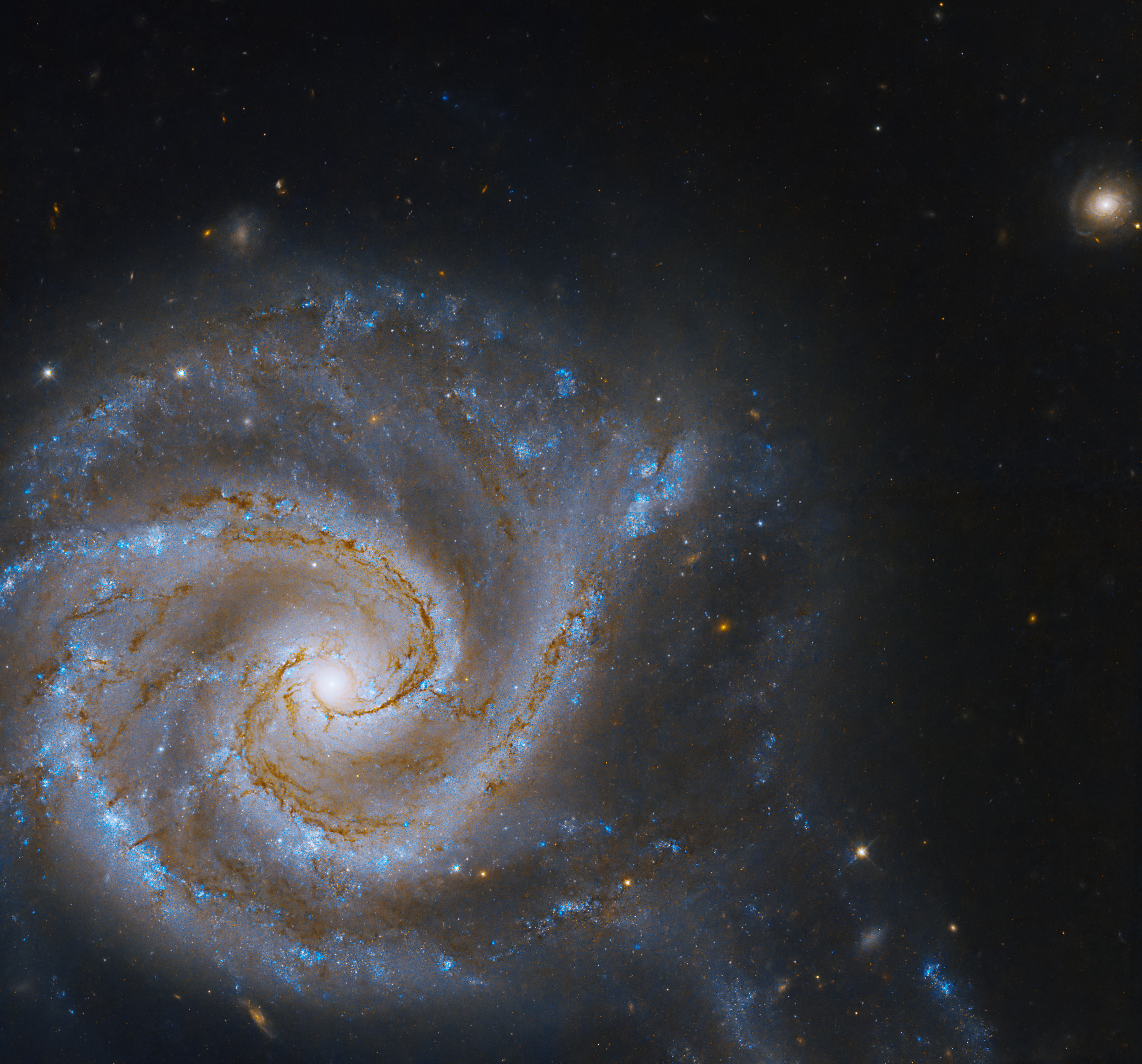
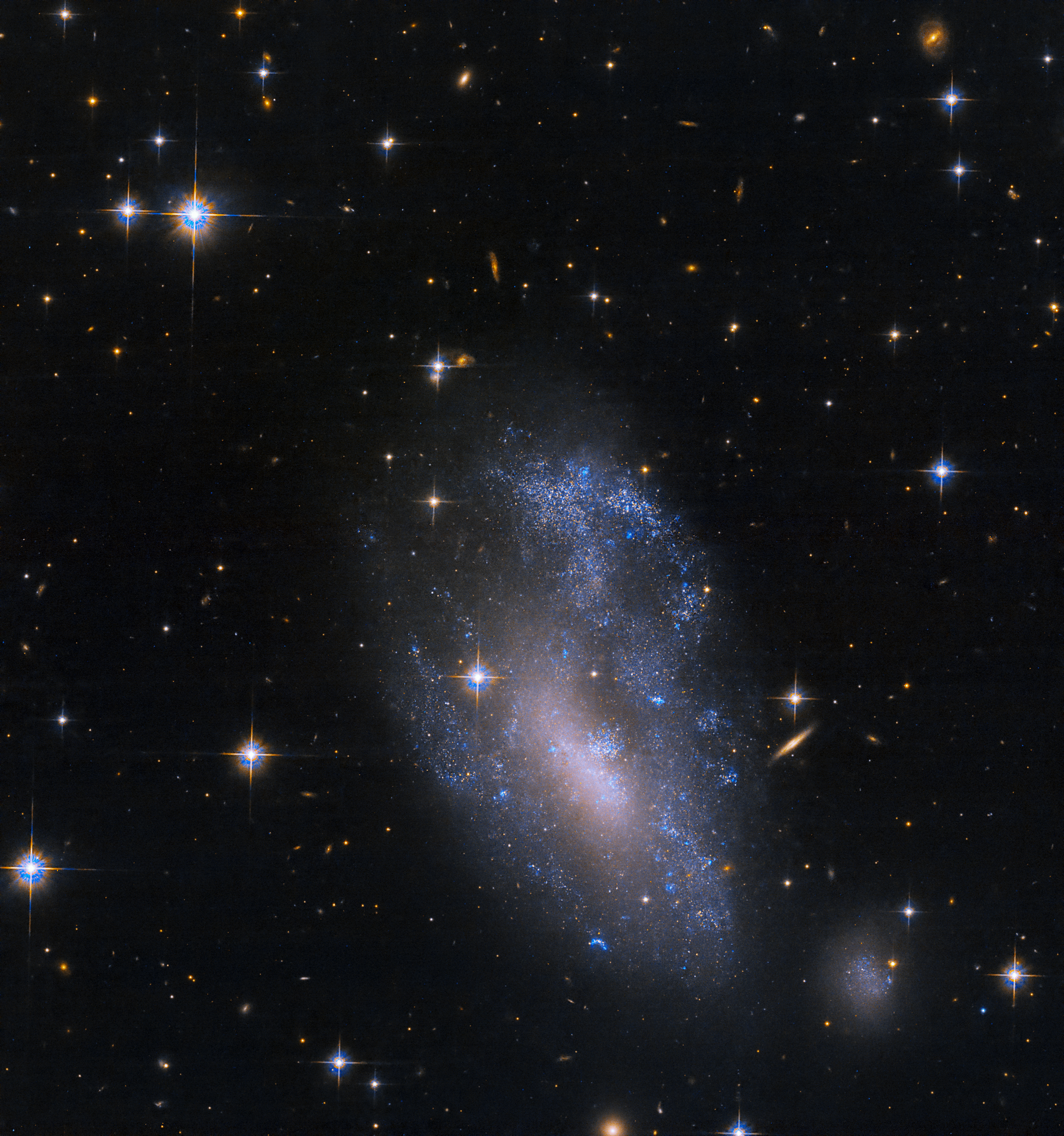
Hubble Captures a Suspected Galaxy Encounter
UGC 3912 is classified as a spiral galaxy … but you wouldn’t know it from this detailed Hubble image.
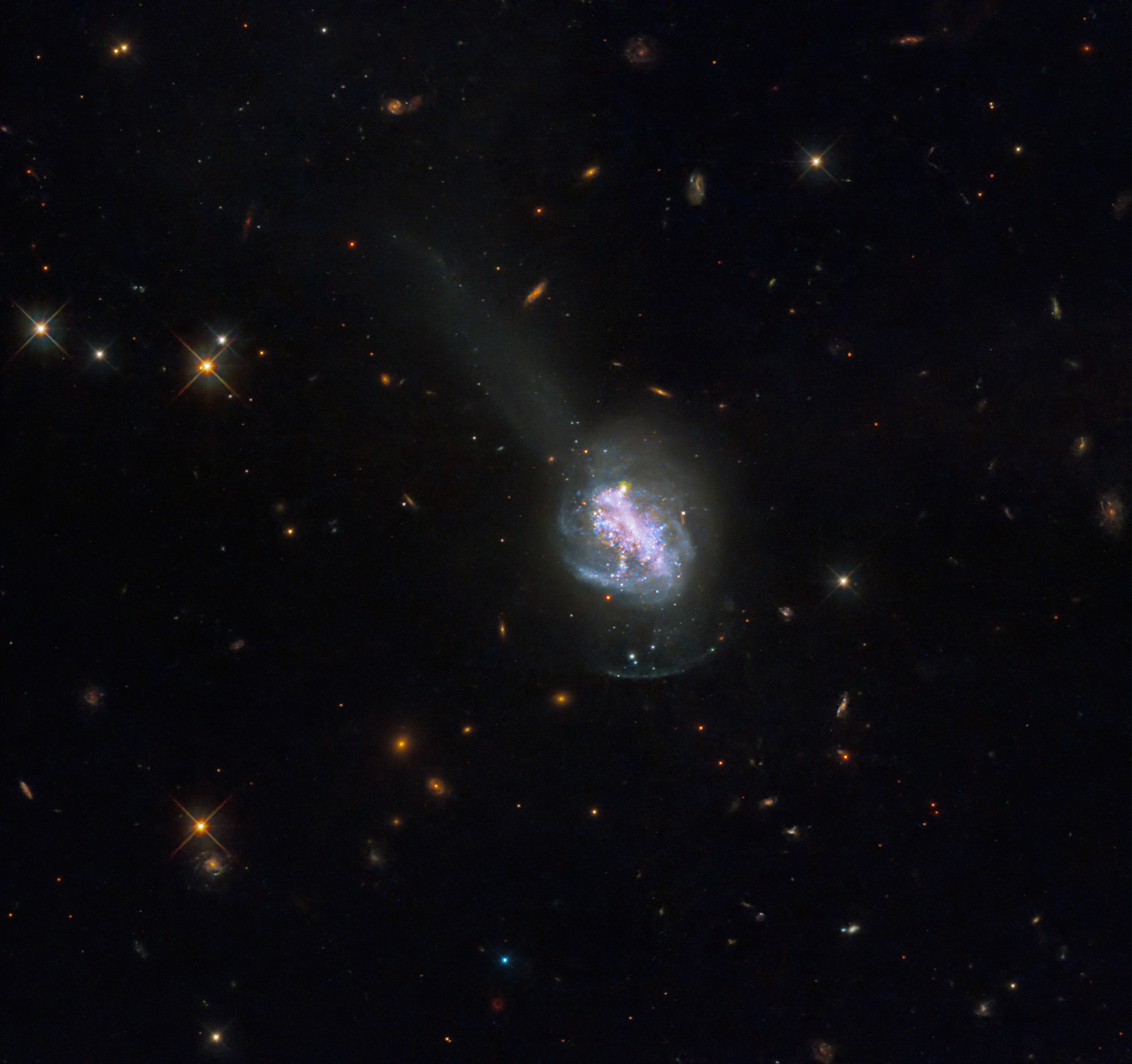
Hubble Sees a Merged Galaxy
ESO 185-IG013 is a type of compact galaxy that shows an intense burst of star formation.
NASA Goddard Space Flight Center, Lead Producer: James Leigh
Galaxy Details and Mergers
Hubble’s observations reveal a menagerie of galaxies.
Learn More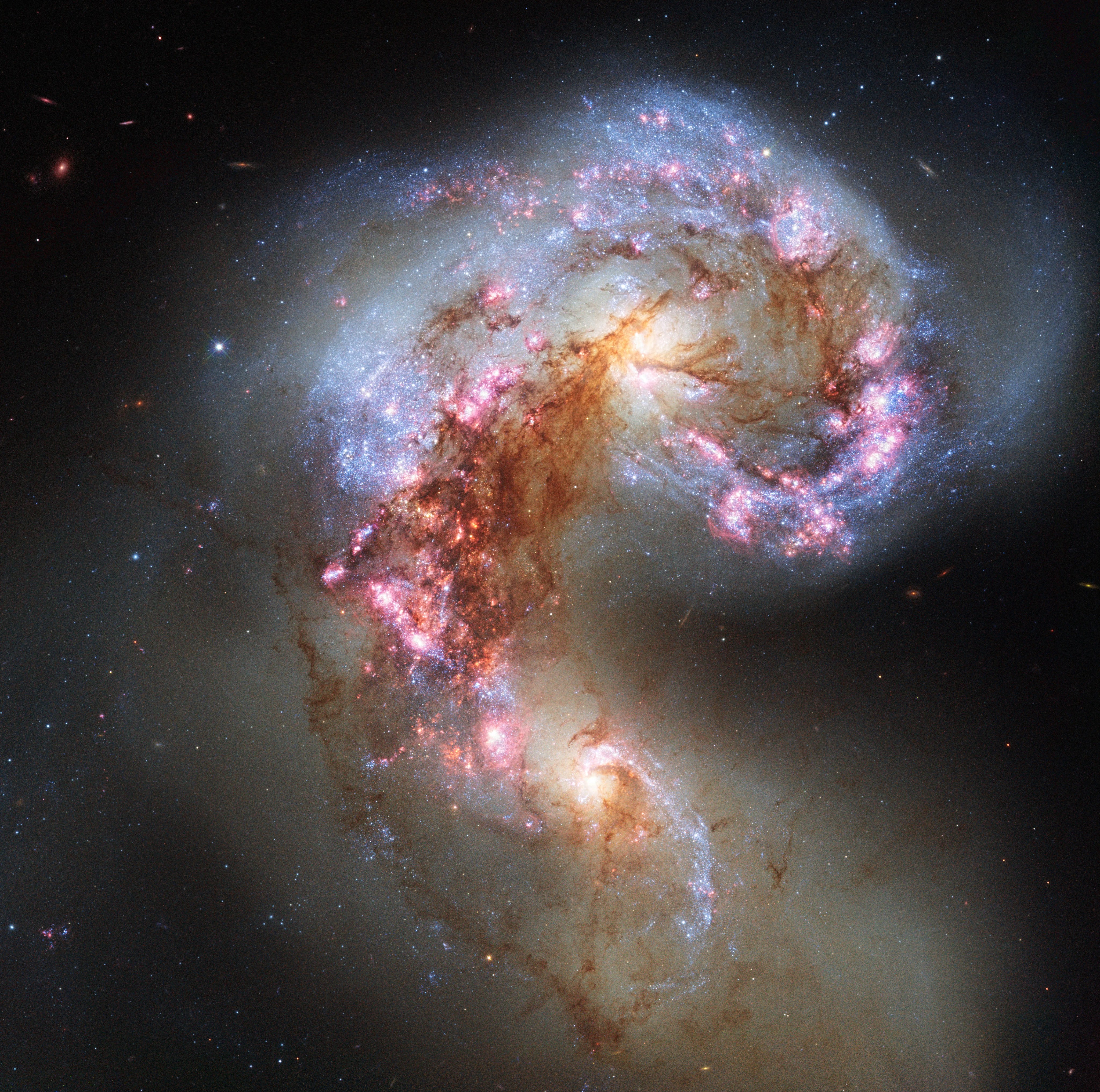
Learn More About Galaxies
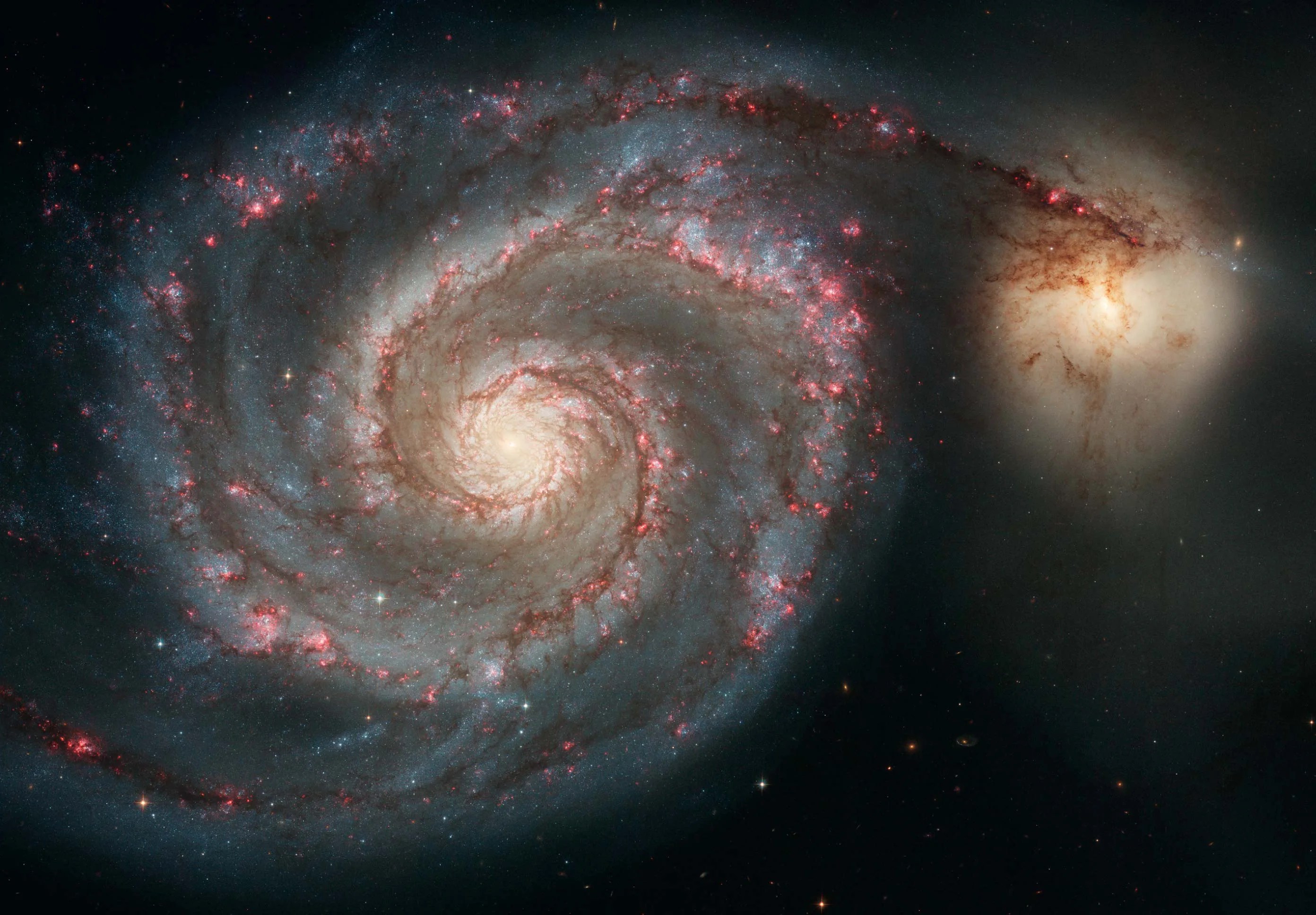
Hubble's Galaxies
These collections of stars, planets, gas, dust, and dark matter are the visible foundation of the universe.
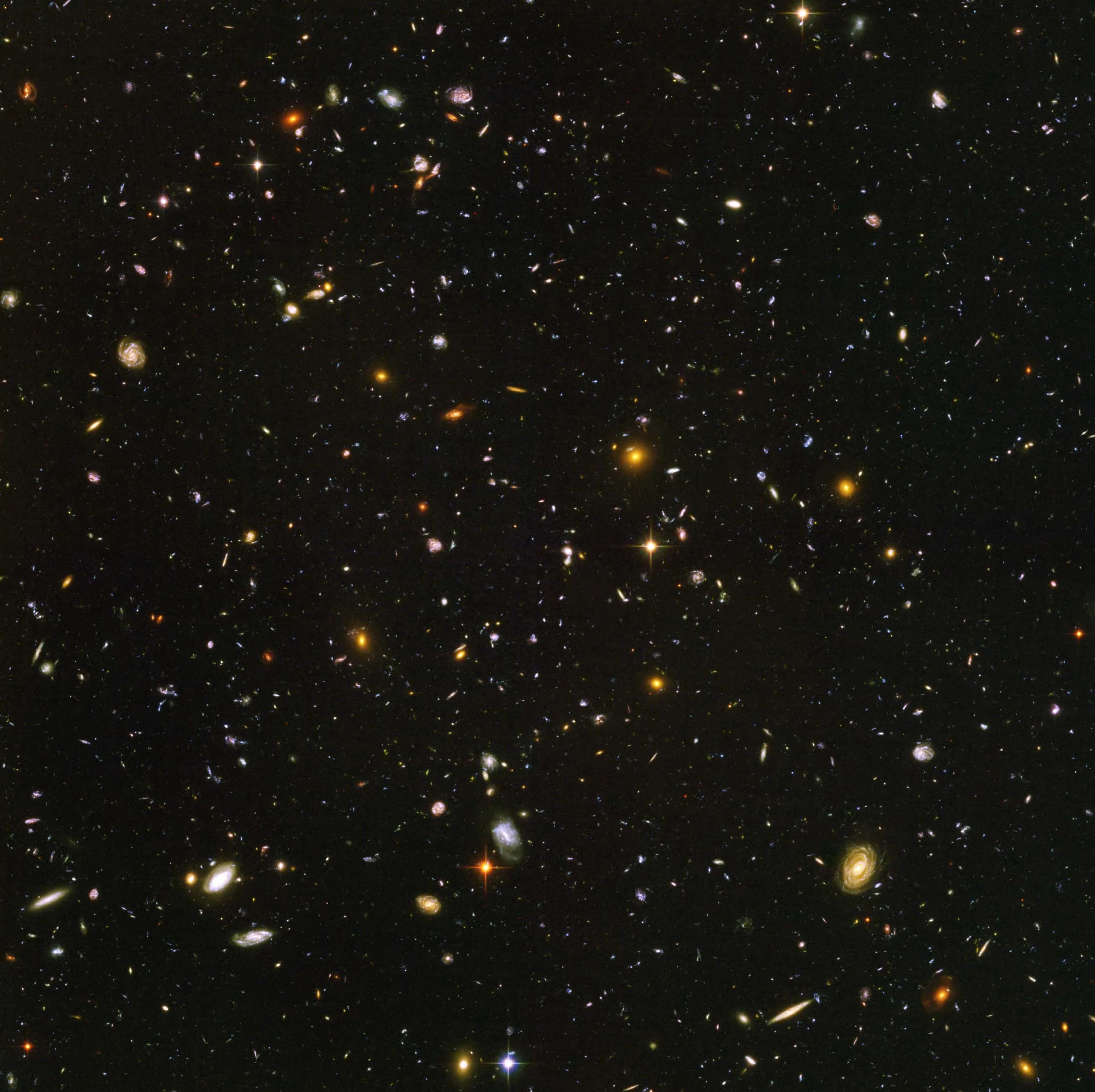
Tracing the Growth of Galaxies
Hubble is instrumental in uncovering the various stages of galactic evolution.
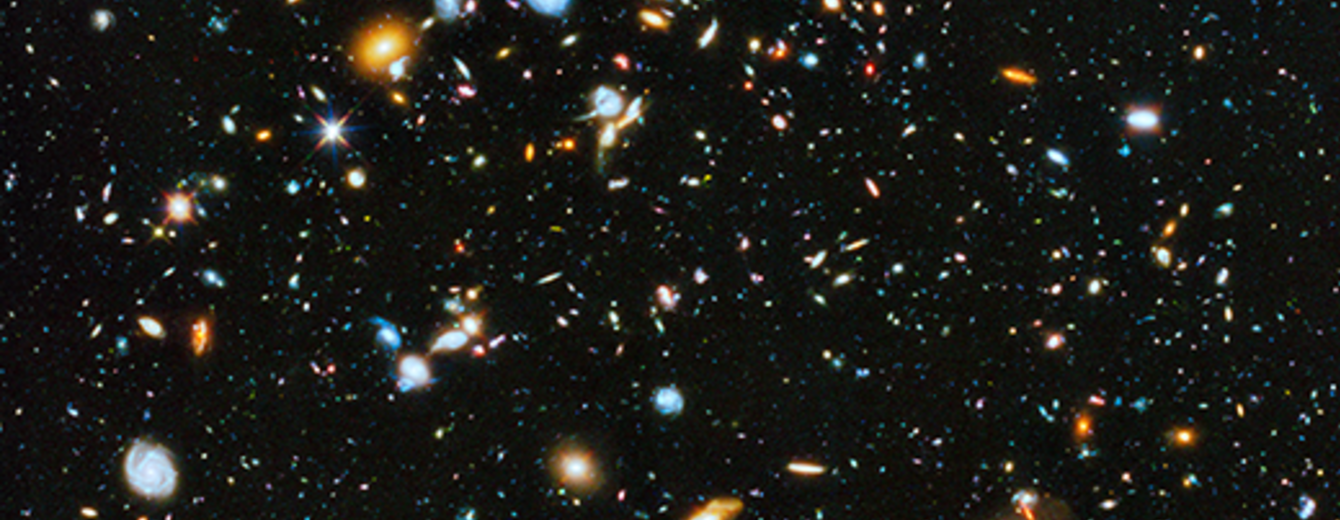
Hubble's Deep Fields
Hubble observations forever changed our understanding of the universe, but no single image has reshaped that understanding like the Hubble Deep Field.
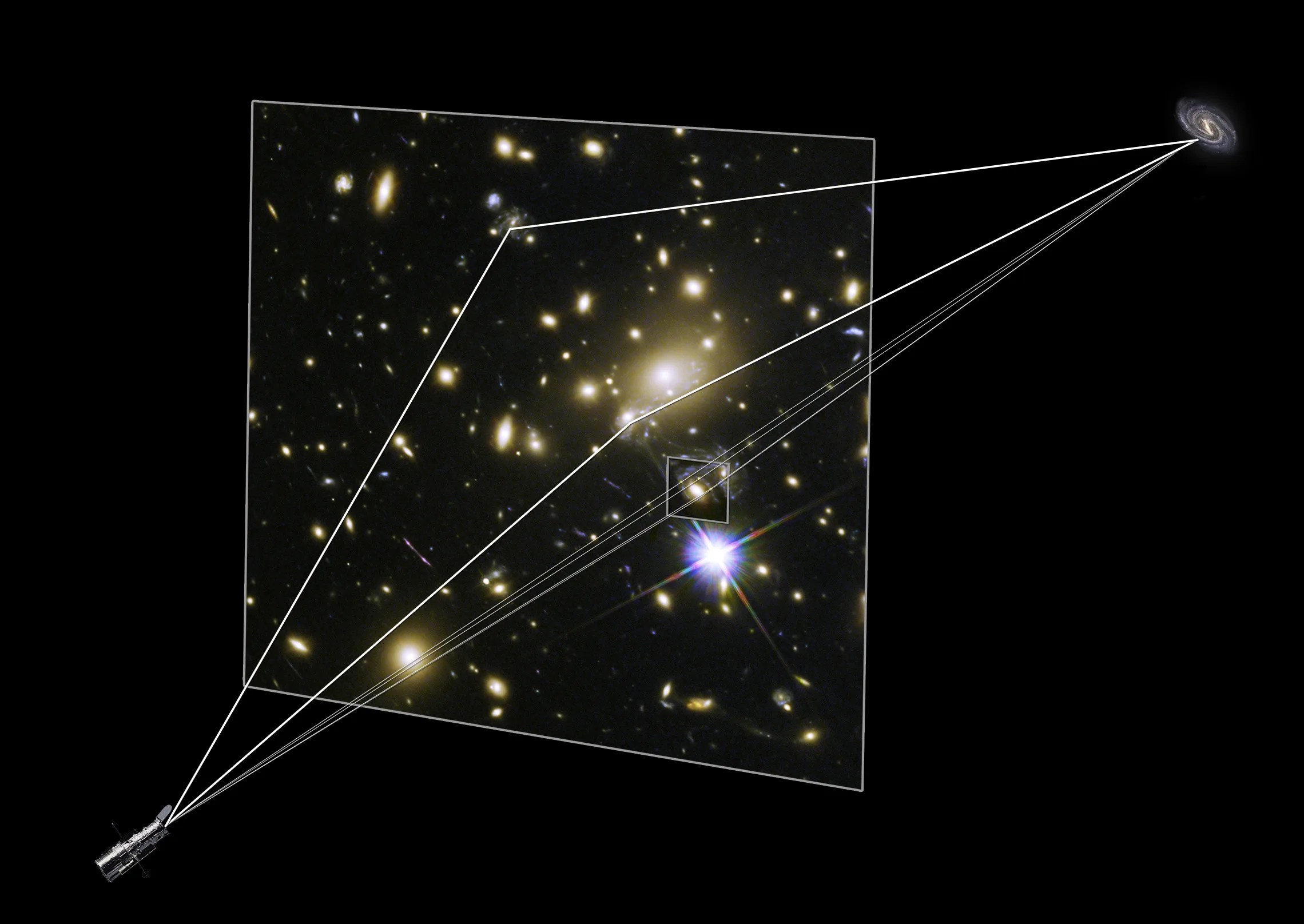
Shining a Light on Dark Matter
Hubble’s observations of galaxy clusters help us uncover the underlying structure of the universe.
Hubble Focus: Galaxies through Space and Time
Hubble Focus: Galaxies through Space and Time describes some of Hubble’s discoveries about galaxies: from our own Milky Way to the most distant galaxies ever seen. These discoveries help us understand how galaxies evolve and how the universe itself has come to be the way it is today.
Learn More